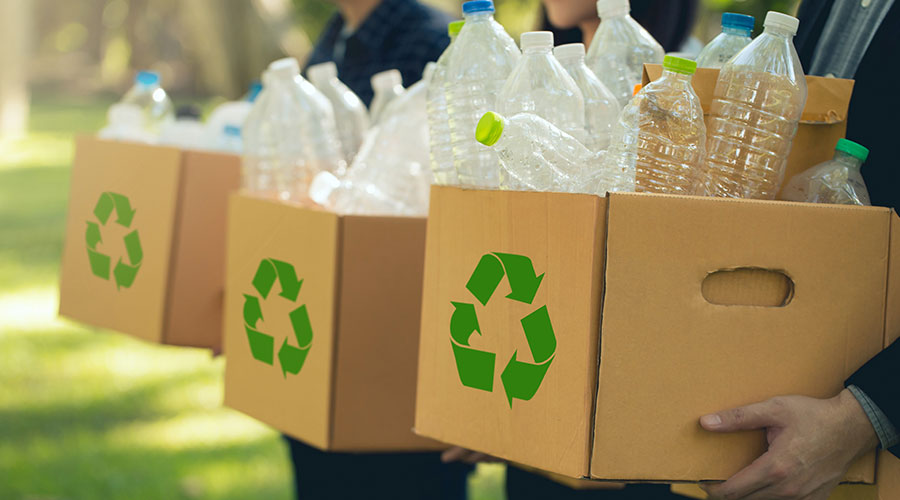LEED-EB And Water Efficiency
Studies show that many of the most plentiful sources of fresh water are diminishing. According to EPA, at least 36 states are anticipating local, regional or statewide water shortages by 2013.
If it’s not already known, facility executives should calculate their facilities’ water use, because the total is often more than expected. According to USGBC’s Existing Buildings: Operations & Maintenance Reference Guide, 2008, a typical 100,000-square-foot office building in the U.S. can use more than 3 million gallons of water per year.
In most buildings, there are three main areas of water use: domestic water, irrigation, and process loads such as kitchen equipment and mechanical equipment. For determining domestic water use, LEED–EB includes a water use baseline calculation that will allow facility executives to see how plumbing-fixture water use compares to what USGBC has determined to be the standard for green building.
WATER USE
Closing the Spigot
LEED-EB sets a baseline for potable water-usage efficiency in fixtures and fittings. The baseline is calculated assuming 100 percent of the building’s indoor plumbing fixtures comply with the Uniform Plumbing Codes (UPC) 2006 or the International Plumbing Codes (IPC) 2006 fixture and fitting performance requirements. A facility can meet the prerequisite if water use is no greater than 120 or 160 percent of the baseline, depending on building age. Points are awarded based on how far fixture water consumption is below the baseline (10 percent for 1 point, 20 percent for 2 points, and 30 percent for 3 points).
For example, if a facility has the following fixtures, water use would be 2 percent below the water-use baseline.
| Fixture |
Flow rate |
| Water closets |
1.6 gallons per flush (gpf)
|
| Urinals |
1.0 gallons per flush (gpf)
|
| Lavatory faucets |
2.0 gallons per minute (gpm)
|
| Kitchen sinks |
2.2 gallons per minute (gpm)
|
| Shower |
2.5 gallons per minute (gpm)
|
If aerators rated at 0.5 gpm were added to lavatory faucets, water-use would fall to 17 percent below baseline. This inexpensive upgrade drastically reduces water use.
Given that the U.S. Department of Energy estimates restroom plumbing fixtures account for approximately 60 percent of total water use in office and administrative buildings, upgrading plumbing fixtures can have a huge impact. Using low-flow fixtures, low-flow toilets, and implementing water-saving strategies in this example facility could save more than one million gallons of water per year.
|
Related Topics:















